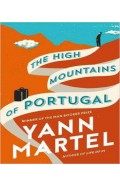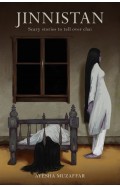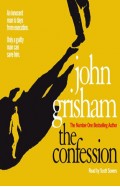Hinglaj Devi
By: Jürgen Schaflechner
-
Rs 1,015.75
- Rs 1,195.00
- 15%
You save Rs 179.25.
Due to constant currency fluctuation, prices are subject to change with or without notice.
Two hundred kilometres west of Karachi, in the desert of Balochistan, is located the shrine of the Hindu Goddess, Hinglaj. Despite the temple’s ancient Hindu and Muslim history, an annual festival at Hinglaj has only been established within the last three decades, in part because of the construction of the Makran Coastal Highway. Now, an increasingly confident minority Hindu community has claimed Hinglaj as their main religious centre, a site for religious performance and expression.
In Hinglaj Devi, Jürgen Schaflechner studies literary sources in Hindi, Sanskrit, Sindhi, and Urdu alongside extensive ethnographical research at the shrine, examining the political and cultural influences at work at the temple and tracking the remote desert shrine’s rapid ascent to its current status as the most influential Hindu pilgrimage site in Pakistan. Schaflechner introduces the unique character of this place of pilgrimage and shows its modern importance not only for Hindus, but also for Muslims and Sindhi nationalists.
Two hundred kilometres west of Karachi, in the desert of Balochistan, is located the shrine of the Hindu Goddess, Hinglaj. Despite the temple’s ancient Hindu and Muslim history, an annual festival at Hinglaj has only been established within the last three decades, in part because of the construction of the Makran Coastal Highway. Now, an increasingly confident minority Hindu community has claimed Hinglaj as their main religious centre, a site for religious performance and expression.
In Hinglaj Devi, Jürgen Schaflechner studies literary sources in Hindi, Sanskrit, Sindhi, and Urdu alongside extensive ethnographical research at the shrine, examining the political and cultural influences at work at the temple and tracking the remote desert shrine’s rapid ascent to its current status as the most influential Hindu pilgrimage site in Pakistan. Schaflechner introduces the unique character of this place of pilgrimage and shows its modern importance not only for Hindus, but also for Muslims and Sindhi nationalists.
Zubin Mehta: A Musical Journey (An Authorized Biography)
By: VOID - Bakhtiar K. Dadabhoy
Rs 892.50 Rs 1,050.00 Ex Tax :Rs 892.50
Jinnistan- Scary stories to tell over Chai
By: Ayesha Muzaffar
Rs 1,100.75 Rs 1,295.00 Ex Tax :Rs 1,100.75
The Origins of Political Order From Prehuman Times to the French RevolutioN
By: Francis Fukuyama
Rs 4,045.50 Rs 4,495.00 Ex Tax :Rs 4,045.50
Jinnistan- Scary stories to tell over Chai
By: Ayesha Muzaffar
Rs 1,100.75 Rs 1,295.00 Ex Tax :Rs 1,100.75
Ai Weiwei Speaks - with Hans Ulrich Obrist
By: Hans Ulrich Obrist
Rs 2,290.75 Rs 2,695.00 Ex Tax :Rs 2,290.75
Zubin Mehta: A Musical Journey (An Authorized Biography)
By: VOID - Bakhtiar K. Dadabhoy
Rs 892.50 Rs 1,050.00 Ex Tax :Rs 892.50
Jinnistan- Scary stories to tell over Chai
By: Ayesha Muzaffar
Rs 1,100.75 Rs 1,295.00 Ex Tax :Rs 1,100.75














-120x187.jpg?q6)














-120x187.jpg?q6)


-120x187.jpg?q6)
